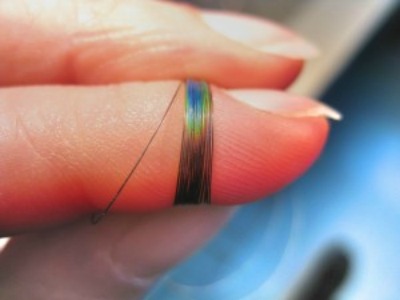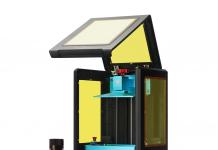Health and technology are coming together like never before with the latest advances in the field. Sometimes the devices is very fancy and high tech and sometimes it is surprisingly simple.
Whether you are talking about the new apps that Ford is planing to put in their new cars that will monitor everything from your heartbeat to the pollen count in the air, or a more advanced approach to healthy living and integration with technology thanks to Nutrismart’s “eat smart” campaign; tech plays a big role. Of course for the most part both of those pieces of technology are more the preventative care type of health tech. A new bandage that has just been produced in Australia is preventative in another way, in that it will change colors when placed over a wound to show if the wound is healing or – god forbid – getting infected.
While the smart bandage, developed by researchers in Melbourne will certainly help patients find out quicker if their wounds are healing properly, this particular device will also save health systems a ton of money, lowering the cost of health care for everyone who uses the device on a widespread scale. According to the Australian government these new bandages will be able to save them up to $500 million in chronic wound care.
Louise van der Werff who is the lead researcher for the project says that they’ve “created a fabric that changes colour in response to temperature – showing changes of less than 0.5 of a degree. We expect that, when incorporated into a bandage it will allow nurses to quickly identify healing problems such as infection or interruptions to the blood supply, which are typically accompanied by a local increase or decrease in temperature.”
At the moment they have fabric and in the next few months that fabric will be turned into an actual bandage and in a few months after that the bandage will be distributed on a wide scale by the Australian government as long as the testing and development works out to plan. Robin Cranston, another researcher on the team describes the bandage technology as being important because, “having the ability to collect a broader range of data on a wound’s status will have a significant impact on the understanding of chronic wounds and how best to treat them.”











